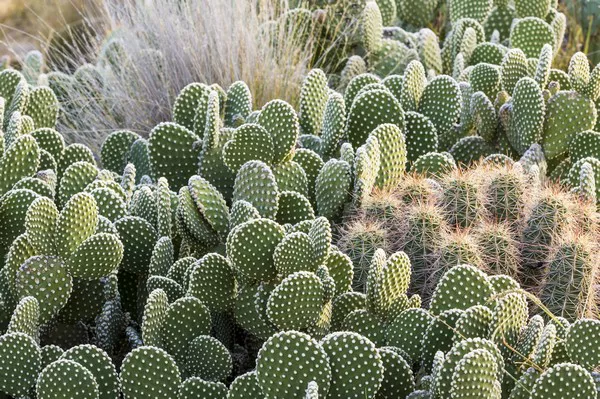The diverse ecosystems of our planet house an array of creatures, some armed with potent venoms that make them formidable predators or effective defenders. In this extensive exploration, we embark on a journey to unveil the top 14 poisonous animals on Earth, shedding light on the potency of their venoms, the dangers they pose, and the crucial roles they play in their respective habitats.
Top 14 Poisonous Animals on Earth
1. Box Jellyfish (Chironex fleckeri)
The Box Jellyfish claims its place as the most venomous marine creature, lurking in the waters of the Indo-Pacific region. Armed with tentacles laden with minuscule, yet deadly, stingers, encounters with this gelatinous predator can lead to heart failure and, in severe cases, prove fatal.
2. Inland Taipan (Oxyuranus microlepidotus)
Hailing from the arid landscapes of Australia, the Inland Taipan earns the title of the world’s most venomous snake. Despite its fearsome reputation, human encounters are rare due to its remote habitat.
3. Cone Snail (Conidae family)
Residing in coral reefs, the Cone Snail showcases a mesmerizing exterior concealing a deadly interior. Its venom, causing paralysis, lacks a specific antivenom, making encounters with this oceanic creature potentially lethal.
4. Blue-Ringed Octopus (Hapalochlaena)
The Blue-Ringed Octopus, despite its small size, harbors a potent neurotoxin found in the Pacific and Indian Oceans. Its bite can induce respiratory failure and prove fatal, marking it as one of the most dangerous cephalopods.
5. Stonefish (Synanceia)
The Stonefish, adorned in rocky camouflage, claims the title of the world’s most venomous fish. Capable of injecting venom through dorsal spines, encounters with this aquatic danger lead to intense pain and tissue necrosis.
6. Deathstalker Scorpion (Leiurus quinquestriatus)
In the arid regions of North Africa and the Middle East, the Deathstalker Scorpion reigns supreme. Its venom, though potentially fatal, is particularly dangerous for vulnerable populations such as children.
7. Pufferfish (Tetraodontidae family)
Prized in certain cuisines, the Pufferfish conceals a lethal toxin, tetrodotoxin. Improperly prepared, this seemingly delicate fish can be fatal when consumed.
8. Brazilian Wandering Spider (Phoneutria)
Known for its aggressive demeanor and potent venom, the Brazilian Wandering Spider ranks among the most venomous spiders. Its bite induces paralysis and, in extreme cases, death.
9. Marbled Cone Snail (Conus marmoreus)
Joining the ranks of its cone-dwelling relatives, the Marbled Cone Snail’s venom causes paralysis, emphasizing the peril these oceanic creatures pose.
10. King Cobra (Ophiophagus hannah)
As the world’s longest venomous snake, the King Cobra’s venom induces respiratory failure. Despite its danger, it plays a crucial role in controlling snake populations.
11. Blue Crowned Motmot Bird (Momotus momota)
While not venomous in the traditional sense, the Blue Crowned Motmot Bird employs a unique defense mechanism by secreting toxins from its feathers, posing a threat to potential predators.
12. Death’s Head Hawkmoth Caterpillar (Acherontia atropos)
This seemingly innocuous caterpillar reveals its dangerous side through the release of toxins when threatened. While not directly harmful to humans, handling it can cause skin irritation.
13. Dubois’ Sea Snake (Aipysurus duboisii)
Endemic to the waters of northern Australia and New Guinea, Dubois’ Sea Snake boasts venom potent enough to cause paralysis. Fortunately, human encounters are rare due to its deep-sea habitat.
14. Poison Dart Frog (Dendrobatidae family)
Despite their vibrant hues, Poison Dart Frogs carry potent toxins, with some species having enough poison to induce paralysis or death. Indigenous communities have historically used their secretions for hunting.
In conclusion, this comprehensive exploration of Earth’s most venomous creatures underscores the delicate equilibrium maintained in diverse ecosystems. While these animals wield potent defenses, they contribute significantly to the intricate tapestry of life on our planet. Respecting and understanding the natural world enables us to coexist harmoniously with these captivating yet potentially perilous inhabitants.
You Might Be Interested In:


























